Sea freight is a vital component of international trade, particularly in the dynamic relationship between China and Yemen. As businesses increasingly rely on efficient logistics solutions to transport goods across vast distances, understanding the nuances of sea freight becomes essential. This method of shipping offers significant advantages for those looking to import goods, especially given Yemen’s strategic location along key maritime routes.
This guide delves into the various aspects of sea freight from China to Yemen, equipping you with the knowledge needed to enhance your import experience and optimize your logistics strategy.
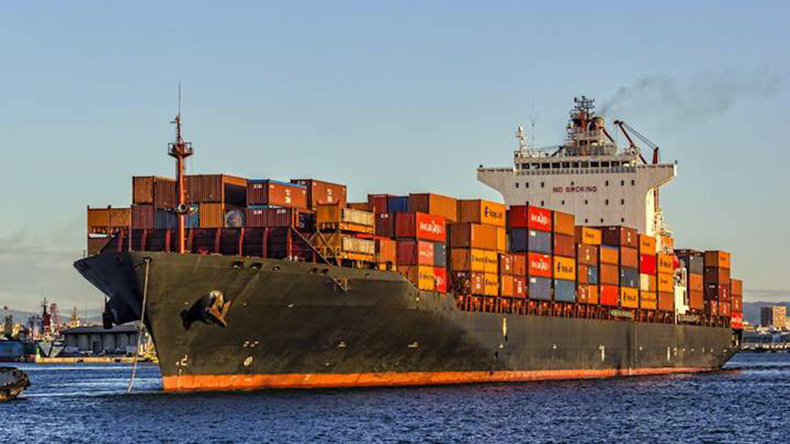
Introduction to Sea Freight from China to Yemen
Sea freight plays a crucial role in the trade dynamics between China and Yemen, serving as a primary method for transporting goods efficiently and cost-effectively. Given Yemen’s strategic position along vital shipping lanes, the demand for reliable logistics services is paramount. In the context of growing bilateral trade, understanding the intricacies of sea freight, including its options and benefits, enables importers and exporters to make informed decisions that align with their business goals.
Sea freight is particularly beneficial for transporting large volumes of goods over long distances, making it an ideal choice for businesses involved in high-volume trading activities. Furthermore, it offers a cost-effective solution compared to air freight, especially for bulky items. With the advancements in shipping technologies and logistics management, companies can maximize their supply chain efficiency through optimized sea freight services.
Understanding Sea Freight Options
When it comes to sea freight, businesses typically choose between two primary options based on their shipping needs: Less than Container Load (LCL) and Full Container Load (FCL). Understanding these options not only helps in assessing costs but also assists in determining the most efficient method for transporting merchandise.
Less than Container Load (LCL) Shipping
Less than Container Load (LCL) shipping refers to the transportation of smaller shipments that do not fill an entire container. In this model, multiple shippers share the space within a single container, allowing for cost savings and added flexibility.
Advantages of LCL
- Cost-Effectiveness: Since costs are divided among multiple shippers, LCL shipping can be more economical for smaller shipments compared to booking an entire container.
- Flexibility: LCL shipping accommodates various shipment sizes, making it an ideal option for businesses with fluctuating inventory levels or those testing new markets.
- Access to Global Markets: Businesses can reach diverse markets without the need to purchase large quantities of inventory, making LCL shipping a viable option for small to medium-sized enterprises.
Ideal Use Cases for LCL
- Small businesses or startups looking to import goods from China without committing to full container quantities.
- Companies requiring frequent, smaller shipments for specific projects or events, allowing for a more agile supply chain.
- Importers testing new products or markets, where purchasing a full container would be too risky or impractical.
Full Container Load (FCL) Shipping
Full Container Load (FCL) shipping involves the transportation of cargo that occupies an entire shipping container. This method is commonly utilized by businesses with larger volumes of goods, providing a streamlined process for logistics management.
Advantages of FCL
- Speed and Efficiency: FCL shipments are typically faster since they don’t require the consolidation process involved in LCL shipping. The container goes directly from the port of origin to the destination.
- Reduced Risk of Damage: With FCL, the cargo is contained within a single unit, minimizing the handling and transferring of goods, thereby reducing the risk of damage during transit.
- Cost-Effectiveness for Larger Shipments: While the upfront cost may be higher than LCL, FCL can be more economical per unit when shipping larger quantities, as it avoids the costs associated with LCL’s consolidation.
Ideal Use Cases for FCL
- Large manufacturers or wholesalers that have ample inventory to fill an entire container, maximizing shipping efficiency and cost savings.
- Businesses that require consistent shipments of standardized products, benefitting from the streamlined logistics of FCL.
- Importers with specific delivery timelines that necessitate faster shipping without the delays associated with consolidating LCL shipments.
In navigating the complexities of sea freight from China to Yemen, understanding the distinctions between LCL and FCL shipping is essential for optimizing logistics strategies. Dantful International Logistics specializes in providing comprehensive shipping services, ensuring that your goods are transported efficiently, whether you opt for LCL or FCL. Our experienced team can guide you through the selection process, considering your unique shipping needs and helping you save on logistics costs.
Shipping From China to Middle East Countries:
- Shipping from China to Saudi Arabia
- Shipping from China to UAE
- Shipping from china to KUWAIT
- Shipping From China To EGYPT
- Shipping from China to Bahrain
- Shipping From China To Jordan
- Shipping From China To Israel
- Shipping from China to Qatar
- Shipping From China To IRAQ
- Shipping from China to Iran
Comparing LCL and FCL Shipping Costs
When choosing between Less than Container Load (LCL) and Full Container Load (FCL) shipping, understanding the cost implications is essential for making an informed decision. Both methods have unique cost factors that can greatly influence overall expenditure.
Cost Factors for LCL and FCL
- LCL Shipping Costs:
- Consolidation Fees: LCL shipments typically incur fees for consolidating various shipments into a single container. These fees can vary based on the freight forwarder.
- Handling Charges: Additional handling fees may apply when loading and unloading cargo from the container.
- Dimensional Weight Charges: Charges based on the size of the shipment, which may exceed the actual weight.
- Port Fees: Fees associated with cargo handling at the port can also add to the overall cost.
- FCL Shipping Costs:
- Container Rental Fees: The cost of renting a full container, which is often a fixed rate regardless of how much is inside.
- Direct Transport Rates: FCL shipments usually benefit from lower rates on a per-unit basis, especially for larger quantities.
- Minimal Handling Charges: Since the entire container is dedicated to one shipment, there are fewer handling charges compared to LCL.
| Cost Factor | LCL Shipping | FCL Shipping |
|---|---|---|
| Consolidation Fees | Yes | No |
| Handling Charges | Higher due to multiple shipments | Lower due to single shipment |
| Dimensional Weight Charges | Applicable if size exceeds weight | Not applicable |
| Port Fees | Yes | Yes |
| Container Rental Fees | No | Yes (fixed rate) |
| Average Per Unit Cost | Higher per unit | Lower per unit for larger volumes |
Average Rates for LCL and FCL from China to Yemen
The rates for shipping from China to Yemen can fluctuate based on various factors such as distance, shipping line, and market demand. However, understanding average rates provides insight into budgeting for shipping costs.
| Shipping Method | Average Rate (USD) | Shipment Size |
|---|---|---|
| LCL | $100 – $300 per CBM (Cubic Meter) | Generally less than 15 CBM |
| FCL | $1,500 – $4,500 per 20-foot container | 20-foot container |
| FCL | $2,500 – $6,500 per 40-foot container | 40-foot container |
The values above reflect average estimates and may vary based on specific service providers and market fluctuations. Working with a professional freight forwarder such as Dantful International Logistics can provide more precise quotes tailored to your shipping needs.
Typical Transit Times for Sea Freight
Transit times are a critical component of logistics planning, impacting delivery schedules and overall service efficiency. Both LCL and FCL shipping methods have distinct transit times.
Average Transit Times for LCL and FCL
| Shipping Method | Average Transit Time (Days) | Factors Affecting Transit |
|---|---|---|
| LCL | 20 – 35 days | Consolidation, customs clearance, port handling |
| FCL | 15 – 30 days | Direct shipment, fewer handling stops |
Factors Affecting Transit Times
- Consolidation Process: LCL shipments require time for consolidating multiple shipments into a single container, which can add to the overall transit time.
- Customs Clearance: Both LCL and FCL shipments must undergo customs processes, but the complexity of documentation may vary, impacting overall timelines.
- Port Efficiency: The operational efficiency of the loading and unloading ports can significantly affect transit times.
- Shipping Route: The chosen shipping route can impact travel times, with direct routes typically offering faster transit.
- Weather Conditions: Unforeseen weather events can delay shipments, particularly in regions prone to storms or adverse conditions.
Overall, businesses must consider both cost and transit times when deciding between LCL and FCL shipping from China to Yemen. Leveraging the expertise of Dantful International Logistics can help streamline the shipping process and optimize costs, ensuring timely delivery of your goods. Explore our services for tailored logistics solutions at Dantful Logistics.
Major Chinese Ports for Exports to Yemen
When planning to import goods from China to Yemen, selecting the right port for shipping can significantly affect transit times and costs. Understanding the key ports in China that facilitate seamless sea freight to Yemen is essential.
Key Ports in China for Sea Freight to Yemen
- Shanghai Port
- Overview: One of the world’s busiest and most significant ports, Shanghai serves as a vital hub for international trade.
- Features: Extensive shipping connections, advanced logistics facilities, and efficient customs processes.
- Shenzhen Port
- Overview: Located in southern China, Shenzhen is a major manufacturing and export center, making it a preferred port for shipments to Yemen.
- Features: Proximity to factories, modern infrastructure, and quick turnaround times.
- Ningbo Port
- Overview: Ningbo is not only a crucial port for exports but also integrates well with the Yangtze River Delta economic zone.
- Features: High capacity for container shipping and efficient handling of various cargo types.
- Guangzhou Port
- Overview: Strategically located in southern China, Guangzhou has a well-established network for handling international shipments.
- Features: Flexibility in cargo handling and strong connections to major shipping lines.
- Xiamen Port
- Overview: Xiamen is a significant port in southeastern China, known for its efficiency in processing cargo.
- Features: Advanced logistics services and strong trade relations with various regions, including the Middle East.
Advantages of Each Port
| Port Name | Advantages |
|---|---|
| Shanghai | Extensive global connections, cutting-edge facilities, and efficient customs clearance processes. |
| Shenzhen | Proximity to manufacturing, rapid turnaround, and a large number of shipping options. |
| Ningbo | High capacity for container shipping, with efficient logistics and cargo handling systems. |
| Guangzhou | Strong international shipping links, flexibility in handling different types of cargo. |
| Xiamen | Advanced logistics services and a focus on facilitating trade with Middle Eastern markets. |
Yemen Ports for Receiving Sea Freight
Upon reaching Yemen, the efficient handling of goods relies heavily on the capabilities of its ports. Understanding the main ports in Yemen for receiving sea freight, along with their infrastructure, is crucial for smooth logistics operations.
Main Ports in Yemen for Receiving Goods
- Port of Aden
- Overview: The largest and most important port in Yemen, Port of Aden serves as a major gateway for international trade.
- Significance: Its strategic location allows for easy access to maritime trade routes, making it a central hub for cargo coming from Asia, Europe, and Africa.
- Port of Hodeidah
- Overview: Primarily serving the northern region of Yemen, Hodeidah is the second-largest port.
- Significance: It plays a vital role in importing essential goods such as food and fuel for northern Yemen.
- Port of Mukalla
- Overview: Located on the Arabian Sea, Mukalla serves as a key port for the eastern region of Yemen.
- Significance: It facilitates trade for various goods, specifically those needed in local markets.
- Port of Al-Mukha
- Overview: A smaller port, Al-Mukha has historical significance and serves local trade needs.
- Significance: It is strategically located for coastal shipping, particularly for local products.
Port Infrastructure and Handling Capabilities
| Port Name | Infrastructure & Handling Capabilities |
|---|---|
| Port of Aden | State-of-the-art cargo handling facilities, deep-water access, and modern container terminals. |
| Port of Hodeidah | Adequate facilities for bulk cargo handling, grain storage, and efficient customs processing. |
| Port of Mukalla | Basic infrastructure but essential for local trade; ongoing developments to enhance capacity. |
| Port of Al-Mukha | Limited but sufficient facilities for local shipments; close proximity to local markets. |
The strategic selection of ports in both China and Yemen can streamline the import process, reduce transit times, and potentially lower costs. For effective logistical solutions and expert guidance on managing shipments from China to Yemen, consider partnering with Dantful International Logistics. Our experienced team can help you navigate the complexities of freight forwarding to achieve seamless delivery of your goods.
Preparing Your Shipment for Sea Freight
Effective preparation of your shipment for sea freight is critical to ensuring a smooth process and avoiding delays. This preparation includes managing the essential documentation and adhering to proper packaging and labeling guidelines.
Essential Documentation
Proper documentation is vital for the successful transportation of goods. Key documents include:
-
Commercial Invoices: This document outlines the transaction details, including the buyer and seller information, description of the goods, their value, and payment terms. It serves as a fundamental document for customs clearance and helps establish the value of the goods being imported or exported.
-
Packing Lists: A detailed packing list outlines the contents of each package, including item descriptions, quantities, weights, and dimensions. This list aids in the verification of the shipment and assists customs officials in assessing duties and taxes.
-
Bills of Lading: This is a legal document issued by the carrier to acknowledge receipt of the cargo for shipment. It serves multiple purposes, including acting as a contract for the transportation of goods, a receipt for the merchandise, and a document of title.
-
Certificates of Origin: Depending on the goods being shipped, you may require certificates indicating the origin of the products. This document can be critical for customs processes and tariff regulations.
-
Insurance Certificates: Proof of insurance coverage for the goods being shipped can protect against potential loss or damage during transit.
Packaging and Labeling
The manner in which goods are packaged and labeled significantly impacts their safety and compliance during transit. Adhering to certain guidelines will facilitate smoother shipping and customs processes.
- Packaging Guidelines for Sea Freight:
- Use durable materials such as corrugated cardboard, wooden crates, or plastic pallets designed to withstand moisture and potential rough handling.
- Ensure that packages are securely sealed to prevent damage from water, dust, or contamination.
- Consider the weight distribution within the package to prevent shifting during transportation.
- For fragile items, use protective cushioning materials (e.g., bubble wrap, foam) to minimize the risk of damage.
- Proper Labeling for Customs Clearance:
- Clearly label each package with information such as the sender’s and recipient’s contact details, a description of the contents, and handling instructions (e.g., “Fragile,” “Keep Dry”).
- Include barcodes or tracking numbers to facilitate easy identification and monitoring of the shipment.
- Ensure all labels are in the language required by the destination country, primarily English or Arabic for shipments to Yemen.
Navigating Customs Clearance
Navigating customs clearance is essential for ensuring that your goods can enter the destination country without delays or additional costs. Understanding the customs procedures in both China and Yemen can streamline this process.
Understanding Customs Procedures in China and Yemen
- Customs in China:
- Exporters in China must comply with the customs regulations set by the General Administration of Customs of the People’s Republic of China (GACC).
- Required documentation includes export licenses, commercial invoices, packing lists, and other relevant paperwork. The customs authorities may conduct inspections to verify the accuracy of the documents and the contents of the shipment.
- Customs in Yemen:
- Yemeni customs are managed by the Yemen Customs Authority, which sets regulations concerning import duties, tariffs, and necessary documentation.
- Importers must provide corresponding documents that detail the nature of the goods, their value, and ensure compliance with local laws. This may include additional licenses for specific categories of goods.
Tips for Smooth Customs Clearance
-
Ensure All Documentation is Complete: Double-check that all necessary documents are properly filled out and accompany the shipment. Missing or incorrect information can lead to delays or penalties.
-
Understand Duty Rates: Familiarize yourself with the duty rates applicable to your goods to avoid unexpected costs upon arrival.
-
Use a Knowledgeable Freight Forwarder: Partnering with an experienced freight forwarder can help navigate the complexities of customs clearance, as they are familiar with the local regulations and procedures.
-
Prepare for Inspections: Be ready for potential inspections by customs authorities. Ensure that the goods are easily accessible for examination if required.
-
Maintain Open Communication: Stay in contact with your freight forwarder and customs agents to receive updates and resolve any issues promptly.
Choosing the Right Sea Freight Forwarder
Selecting an appropriate freight forwarder is a fundamental aspect of ensuring efficient and reliable sea freight services. Your choice can significantly influence shipping success and operational efficiency.
Qualities of a Reliable Freight Forwarder
- Experience and Expertise: Look for a freight forwarder with extensive knowledge of shipping routes, customs regulations, and international trade practices.
- Reputation: Assess the forwarder’s reputation through client testimonials, online reviews, and industry awards.
- Strong Network: A solid network of contacts within shipping lines, customs authorities, and logistics providers can contribute to smoother operations.
- Customer Service: Reliable freight forwarders prioritize customer service, offering timely responses to inquiries and assistance throughout the shipping process.
Questions to Ask When Selecting a Forwarder
- What experience do you have in shipping to Yemen and handling customs clearance?
- Can you provide references from previous clients who have used your services for similar shipments?
- What are your pricing structures, and how do you handle unexpected costs during transit?
- What tracking options do you provide for monitoring shipments?
- Do you offer additional services, such as insurance, warehousing, or door-to-door delivery?
Why Choose Dantful Logistics
Dantful International Logistics stands out as a highly professional, cost-effective, and high-quality one-stop international logistics service provider for global traders. Our extensive experience in freight forwarding ensures that your shipments are handled with the utmost care and efficiency. Key benefits of choosing Dantful include:
- Comprehensive Services: From customs clearance to warehouse services and door-to-door shipping, we cover every aspect of logistics to meet your unique needs.
- Expert Team: Our knowledgeable staff is dedicated to providing exceptional customer service, assisting you at every step of the shipping process.
- Tailored Solutions: We work with you to develop customized logistics strategies that align with your business goals and budget constraints.
- Reliable Partnerships: Through our strong network of partners, we ensure timely deliveries and reliable service.
Dantful International Logistics Services:
- Dantful Ocean Freight Services
- Air Freight From China
- Amazon FBA Freight Forwarding
- WAREHOUSE Services
- One-Stop Customs Clearance Solution
- Cargo Insurance Services in China
- DDP Shipping Services By Dantful Logistics
- Out of Gauge Cargo Transportation Shipping Services
Frequently Asked Questions (FAQs)
1. What is the difference between LCL and FCL shipping?
Less than Container Load (LCL) shipping is suitable for smaller shipments that do not fill an entire container, allowing multiple shippers to share space, making it cost-effective. Full Container Load (FCL) shipping involves a single shipper using an entire container, which is typically faster and reduces the risk of damage due to less handling.
2. What are the cost implications of LCL vs. FCL?
LCL shipping costs include consolidation fees, handling charges, and port fees, often resulting in a higher cost per unit for smaller shipments. FCL shipping entails fixed container rental fees and direct transport rates, which can be more economical per unit when shipping larger quantities.
3. How long does sea freight take from China to Yemen?
Transit times can vary, with LCL shipments typically taking 20-35 days and FCL shipments taking 15-30 days. Factors such as consolidation processes, customs clearance, and port efficiency can affect these times.
4. Which ports in China are best for shipping to Yemen?
Key ports in China include Shanghai, Shenzhen, Ningbo, Guangzhou, and Xiamen. Each port has unique advantages in terms of shipping connections, logistics facilities, and turnaround times.
5. What are the main ports in Yemen for receiving sea freight?
The primary ports for receiving goods in Yemen are Port of Aden, Port of Hodeidah, Port of Mukalla, and Port of Al-Mukha. Each port has its own significance and handling capabilities, with Aden being the largest and most important.
6. What documentation is needed for shipping goods?
Essential documentation includes commercial invoices, packing lists, bills of lading, certificates of origin, and insurance certificates. Proper documentation is crucial for customs clearance and ensuring a smooth shipping process.
7. How can I ensure smooth customs clearance?
To facilitate smooth customs clearance, ensure all documentation is complete, understand applicable duty rates, partner with a knowledgeable freight forwarder, prepare for potential inspections, and maintain open communication with logistics partners.
8. What should I look for in a freight forwarder?
When choosing a freight forwarder, consider their experience, reputation, network strength, and customer service. Asking specific questions about their expertise in shipping to Yemen and their pricing structures can help ensure you make an informed decision.

Young Chiu is a seasoned logistics expert with over 15 years of experience in international freight forwarding and supply chain management. As CEO of Dantful International Logistics, Young is dedicated to providing valuable insights and practical advice to businesses navigating the complexities of global shipping.


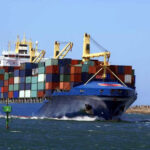
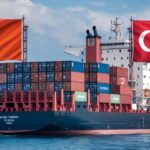
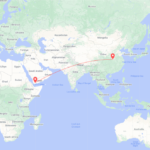
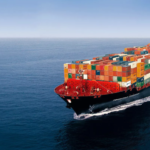

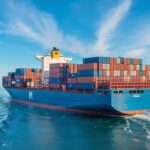
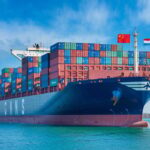
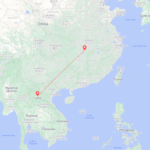

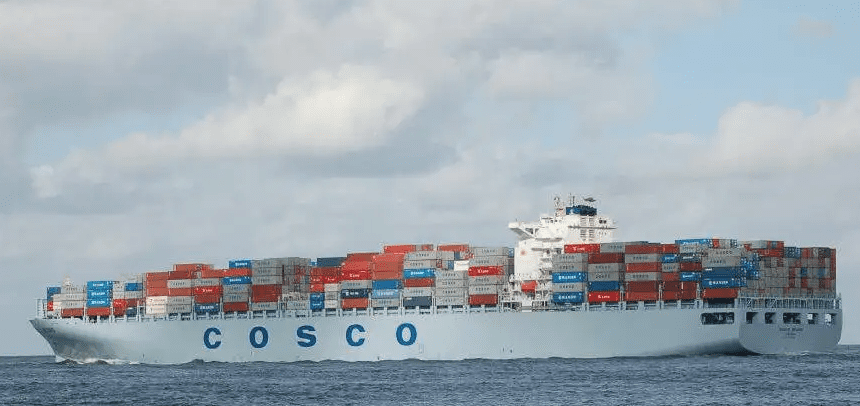
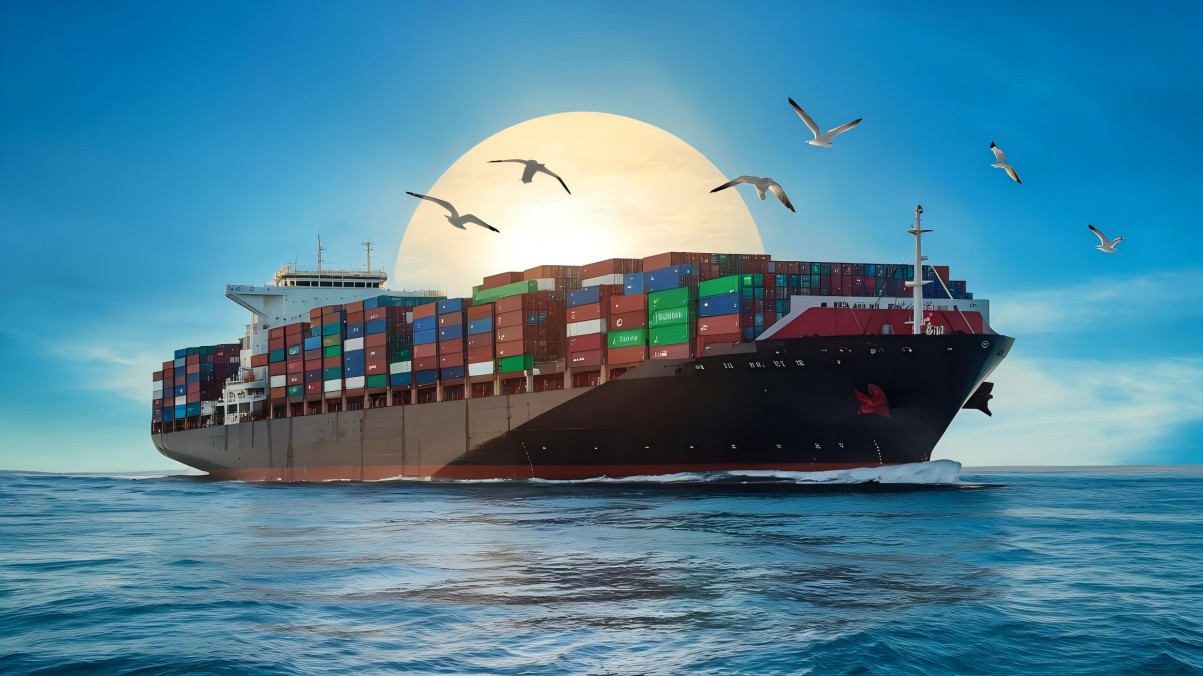
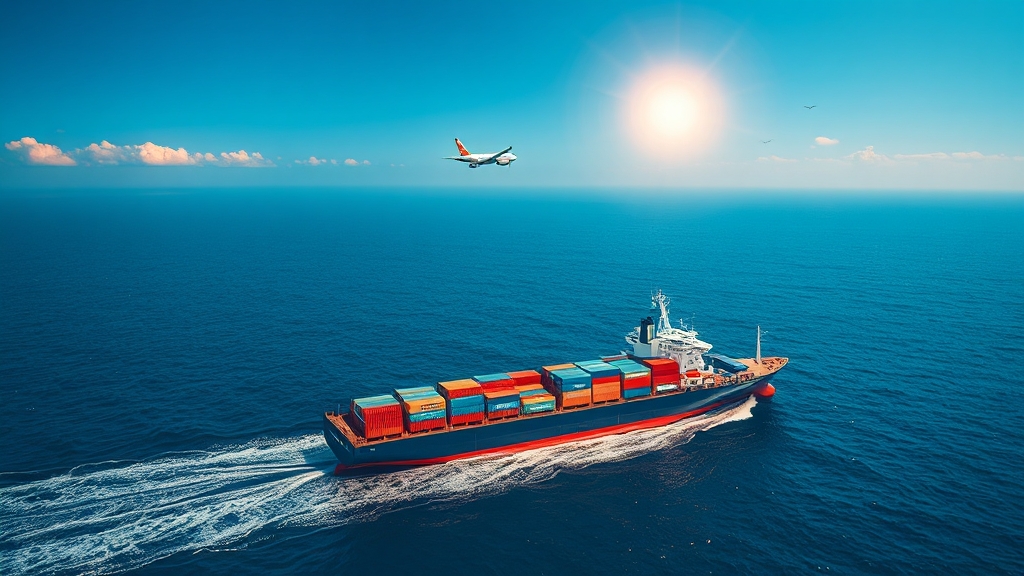

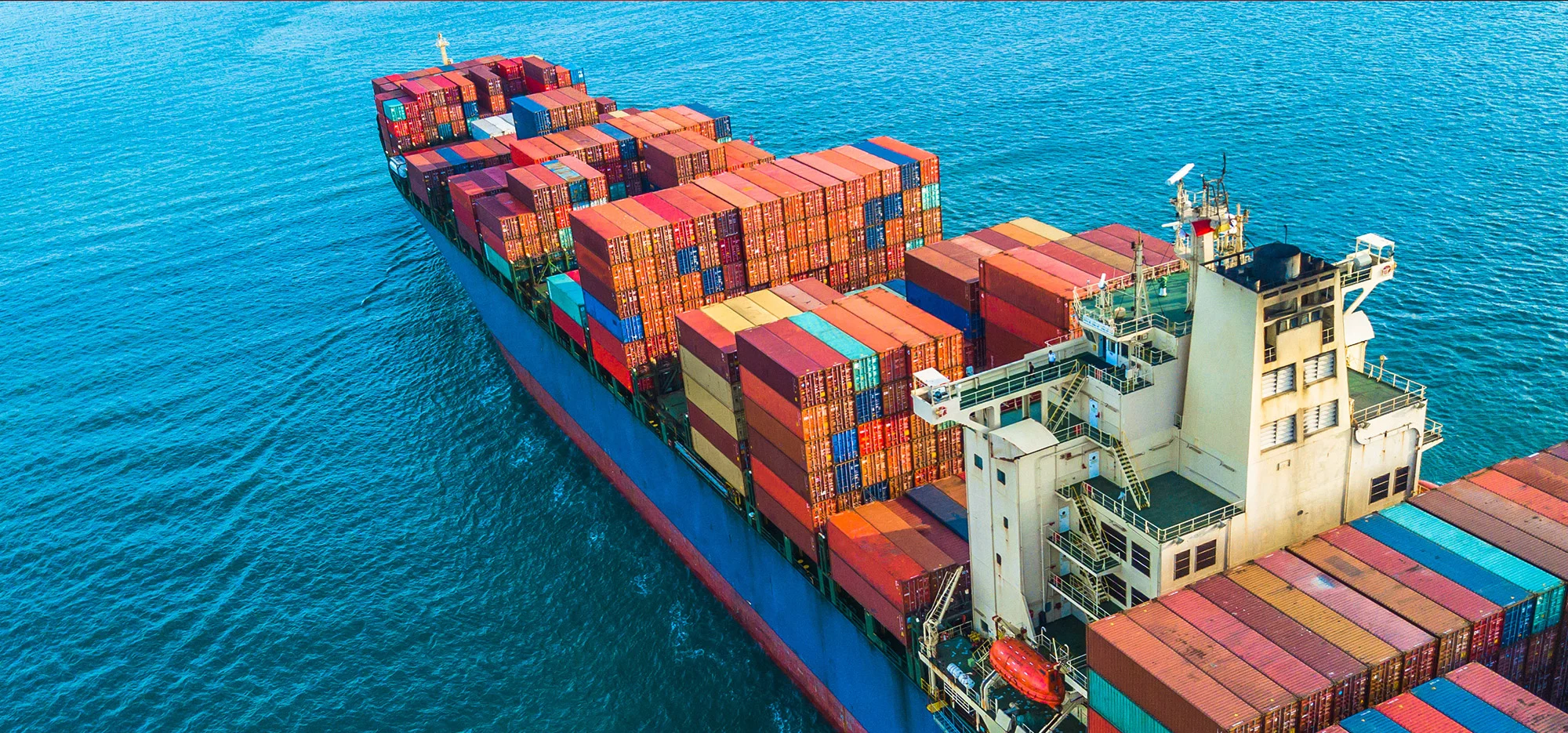





 Afrikaans
Afrikaans Shqip
Shqip አማርኛ
አማርኛ العربية
العربية Հայերեն
Հայերեն Azərbaycan dili
Azərbaycan dili Euskara
Euskara Беларуская мова
Беларуская мова বাংলা
বাংলা Bosanski
Bosanski Български
Български Català
Català Cebuano
Cebuano Chichewa
Chichewa 简体中文
简体中文 繁體中文
繁體中文 Corsu
Corsu Hrvatski
Hrvatski Čeština
Čeština Dansk
Dansk Nederlands
Nederlands English
English Esperanto
Esperanto Eesti
Eesti Filipino
Filipino Suomi
Suomi Français
Français Galego
Galego ქართული
ქართული Deutsch
Deutsch Ελληνικά
Ελληνικά Kreyol ayisyen
Kreyol ayisyen Harshen Hausa
Harshen Hausa Ōlelo Hawaiʻi
Ōlelo Hawaiʻi עִבְרִית
עִבְרִית हिन्दी
हिन्दी Hmong
Hmong Magyar
Magyar Íslenska
Íslenska Igbo
Igbo Bahasa Indonesia
Bahasa Indonesia Gaeilge
Gaeilge Italiano
Italiano 日本語
日本語 Basa Jawa
Basa Jawa ಕನ್ನಡ
ಕನ್ನಡ Қазақ тілі
Қазақ тілі ភាសាខ្មែរ
ភាសាខ្មែរ 한국어
한국어 كوردی
كوردی Кыргызча
Кыргызча ພາສາລາວ
ພາສາລາວ Latin
Latin Latviešu valoda
Latviešu valoda Lietuvių kalba
Lietuvių kalba Lëtzebuergesch
Lëtzebuergesch Македонски јазик
Македонски јазик Malagasy
Malagasy Bahasa Melayu
Bahasa Melayu മലയാളം
മലയാളം Maltese
Maltese Te Reo Māori
Te Reo Māori मराठी
मराठी Монгол
Монгол ဗမာစာ
ဗမာစာ नेपाली
नेपाली Norsk bokmål
Norsk bokmål پښتو
پښتو فارسی
فارسی Polski
Polski Português
Português ਪੰਜਾਬੀ
ਪੰਜਾਬੀ Română
Română Русский
Русский Samoan
Samoan Gàidhlig
Gàidhlig Српски језик
Српски језик Sesotho
Sesotho Shona
Shona سنڌي
سنڌي සිංහල
සිංහල Slovenčina
Slovenčina Slovenščina
Slovenščina Afsoomaali
Afsoomaali Español
Español Basa Sunda
Basa Sunda Kiswahili
Kiswahili Svenska
Svenska Тоҷикӣ
Тоҷикӣ தமிழ்
தமிழ் తెలుగు
తెలుగు ไทย
ไทย Türkçe
Türkçe Українська
Українська اردو
اردو O‘zbekcha
O‘zbekcha Tiếng Việt
Tiếng Việt Cymraeg
Cymraeg יידיש
יידיש Yorùbá
Yorùbá Zulu
Zulu